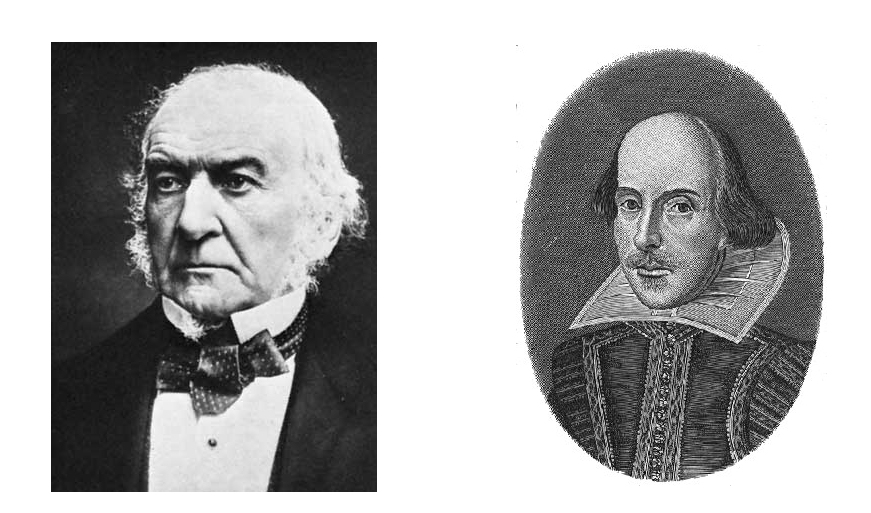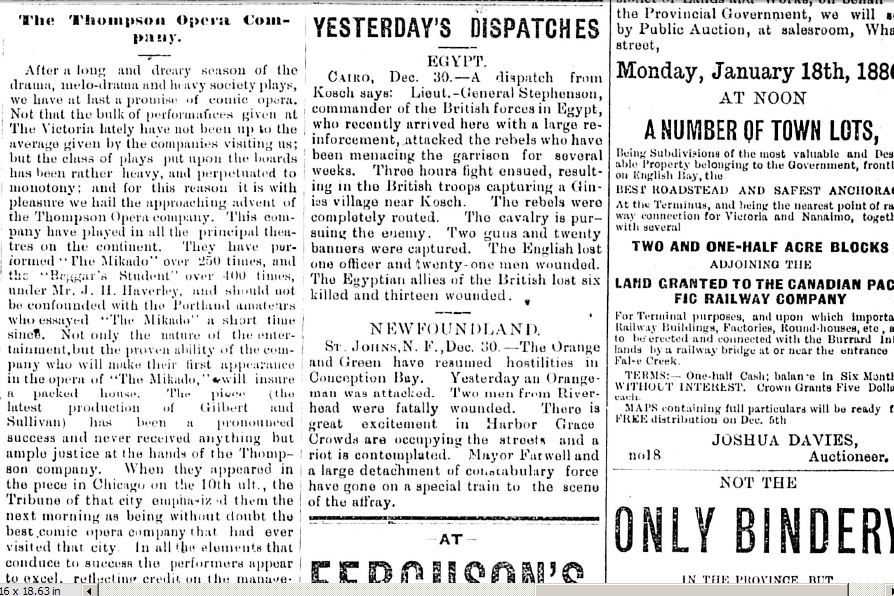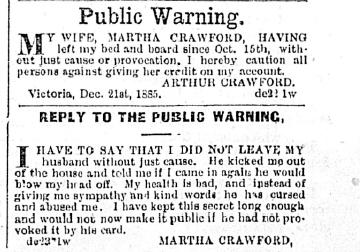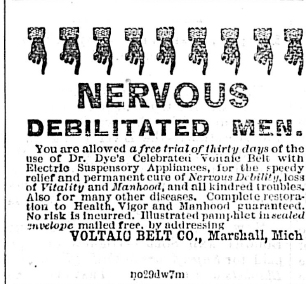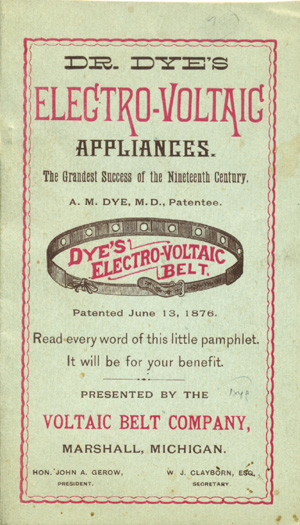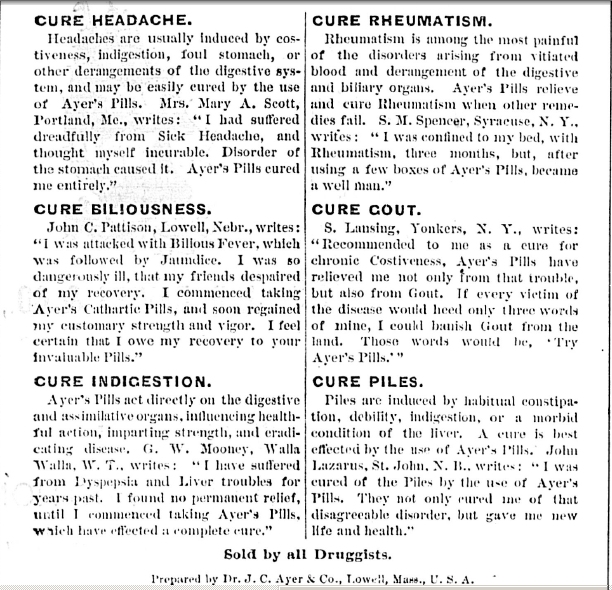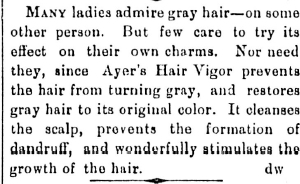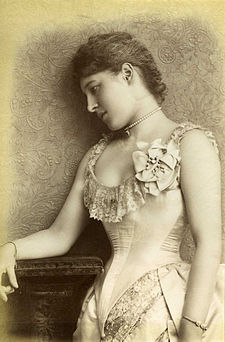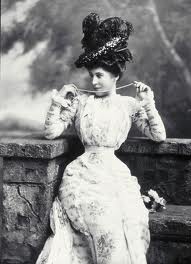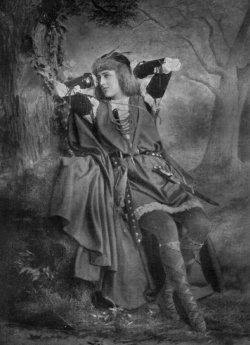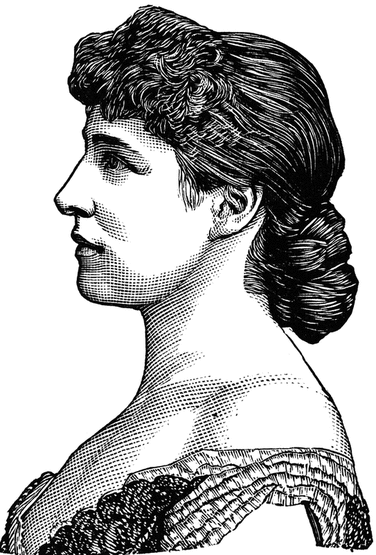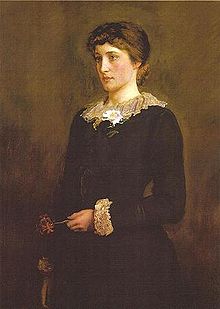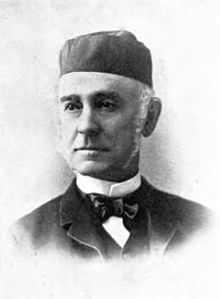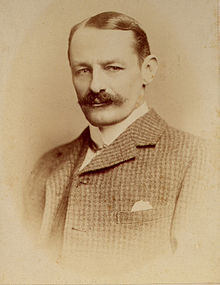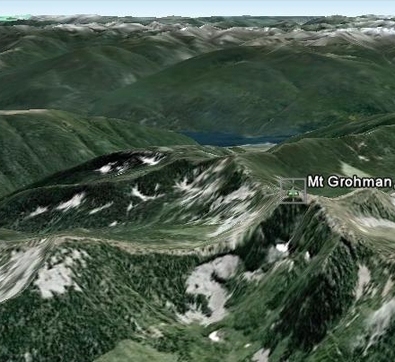
That an Italian, in New York, died after eating a salad, which is not to be wondered at as its constituents are given as sardines, codfish, olives, cauliflower, eggplant, onions, salt, sweet oil, vinegar, red pepper, black pepper and Cayenne pepper. It is a matter of surprise that his nine companions, who also partook of the dish still survive.
That there has been a great demand for Mr. Gladstone’s portrait during the election campaign, and one concern has issued no less than six hundred and fifty thousand copies of the Gladstone portrait.
That if you cannot go home at Xmas the next best thing is to send your photograph. Go to Hall & Lowe’s and get the very best.
That an American sojourner in a German university town was startled the other day to hear this question seriously put and hotly debated by a party of students: “Was Shakespeare drunk when he made his will?”
